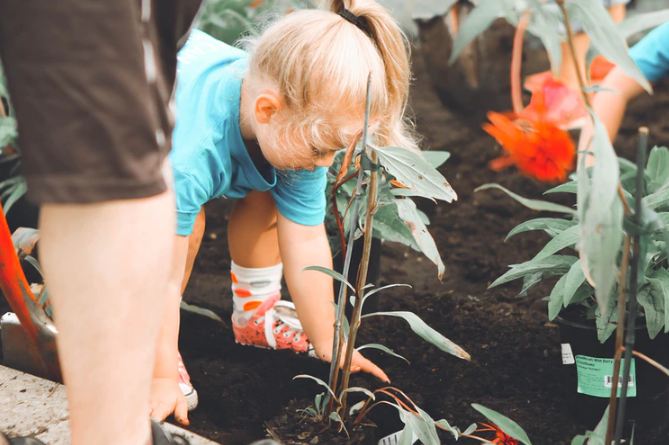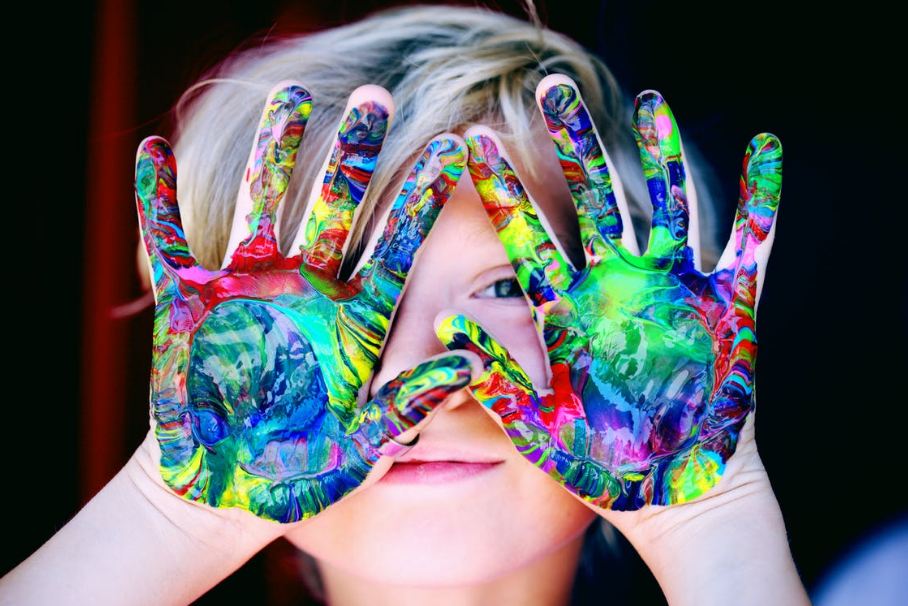Does Kids Modeling Clay Go Hard?
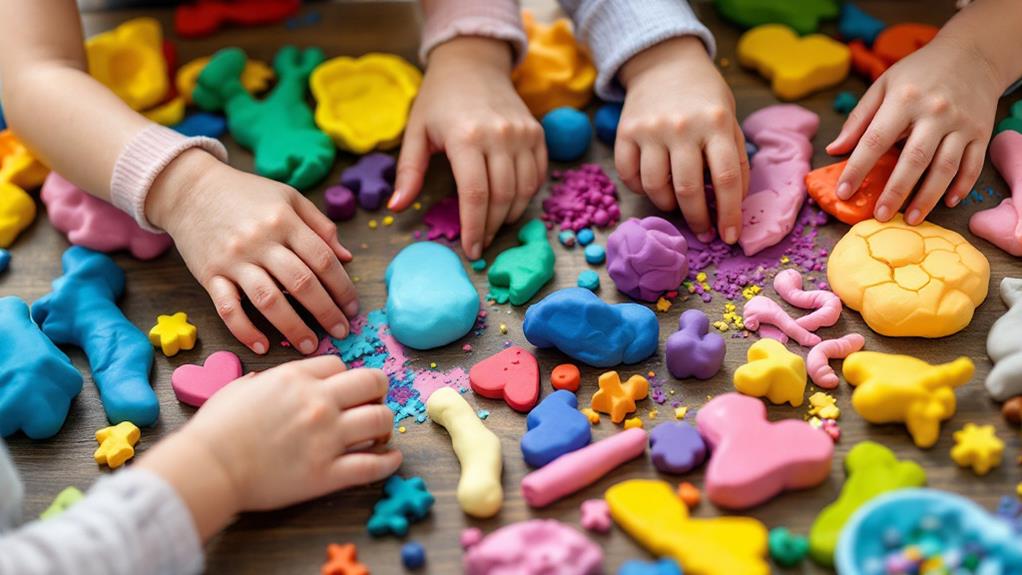
Kids modeling clay can either go hard or stay soft, depending on the type you use. Non-drying clay remains pliable indefinitely, allowing for endless creativity and reshaping. This type is great for projects where you want to keep experimenting. On the other hand, self-hardening clay will dry and harden after exposure to air, making it perfect for those ready to finish their creations. Always check the packaging for specific instructions on drying and hardening. So, if you're curious about the different types and their uses, there's much more to investigate about kids modeling clay!
Understanding Kids Modeling Clay
In the domain of kids modeling clay, understanding its unique features can greatly improve your crafting experience. Non-drying clay is a fantastic option for children, as it remains pliable indefinitely. This means you can continuously reshape your creations without the pressure of having to finish them quickly. Unlike polymer clay that requires baking or air drying, non-drying modeling clay stays soft and reusable, making it perfect for both individual projects and classroom activities. Furthermore, safe playdough recipes can provide an alternative for those looking to investigate further options in texture and play.
Designed specifically for small hands, this clay for kids is easy to manipulate, allowing for creative expression while enhancing fine motor skills. You'll find that its soft texture is user-friendly, which encourages hands-on learning and investigation. Plus, non-drying clay is certified non-toxic, providing peace of mind for parents and educators alike.
With its versatility, you can use non-drying modeling clay for numerous creative applications, from prototypes to molds. Not only is it cost-effective, but it also opens up endless opportunities for imaginative play. So grab some non-drying clay today, and let your creativity flow without the worry of it hardening!
Types of Modeling Clay
When exploring the world of kids modeling clay, you'll find three primary types: polymer clay, self-hardening clay, and oil-based modeling clay. Each has its unique properties and uses, making them suitable for diverse projects. Additionally, many of these clays come in lively colors and can be blended to create new shades, enhancing the creative experience for children. For instance, different hardness levels are available in modeling clays, allowing for varied artistic expressions.
- Polymer Clay: This type requires you to bake the clay at specific temperatures to harden it. It's perfect for detailed sculptures and can be painted after baking.
- Self-Hardening Clay (Air-Dry Clay): Unlike polymer clay, self-hardening clay dries through exposure to air. You don't need to bake it, making it convenient for kids who want to see their creations harden naturally.
- Oil-Based Modeling Clay (Non-Dry Clay): This clay is designed to remain pliable indefinitely. It's ideal for sculpting and animation, allowing for easy adjustments and reshaping without the worry of it hardening.
When choosing modeling clay, always check the packaging for specific instructions on drying times and hardening processes. Each type offers distinct advantages, so consider what best fits your creative needs!
Non-Drying vs. Hardening Clay
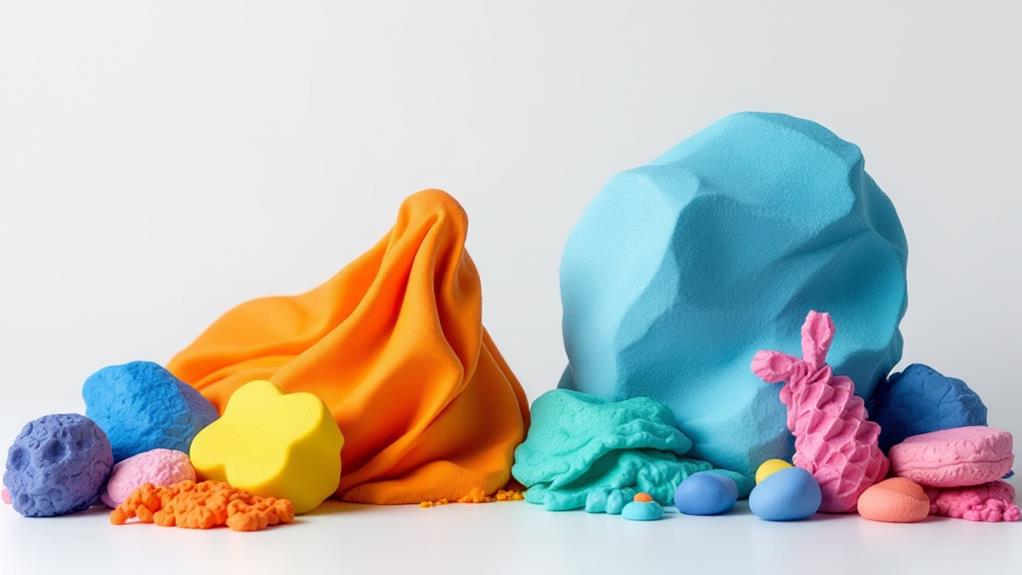
Choosing the right type of clay can greatly affect your creative experience, especially when comparing non-drying and hardening clay. Non-drying clay remains pliable indefinitely, making it perfect for young clayers who want to experiment without the pressure of finishing quickly. You can easily shape clay multiple times, allowing for creativity to flourish as you refine your designs.
On the other hand, hardening clay, like self-hardening or polymer clay, is designed to dry and harden, either by air exposure or through baking. This type is ideal for creating permanent designs, but keep in mind that it typically requires a one-time shaping process. Once it sets, you won't be able to change it.
Non-drying clay is safe for kids ages 8 and up, while hardening clay often needs adult supervision during baking, ensuring safety. As you decide which clay to use, consider your skill levels and the type of project you have in mind. If you seek flexibility and ongoing creativity, non-drying clay is your best bet. However, if you're ready to commit to a finished piece, hardening clay might be the way to go.
Benefits of Non-Drying Clay
Non-drying clay offers endless possibilities for creativity, making it a favorite among young artists. Its pliable nature means you can continuously adjust and modify your creations without the fear of hardening. This versatile medium is perfect for a range of projects, from simple crafts to intricate sculptures.
Here are three key benefits of using non-drying clay:
- Reusability: You can use the clay repeatedly, allowing for experimentation without wasting materials. Its wide variety of colors adds even more fun to your projects.
- User-Friendly Experience: The soft texture makes it easy for anyone to manipulate, regardless of skill level. You'll feel empowered to create and investigate your artistic side!
- Safety: Non-drying clay is certified non-toxic and safe for individuals 8 and older, meeting high safety standards for use in classrooms and homes.
With non-drying clay, you can enjoy a creative adventure that encourages experimentation and innovation. Immerse yourself in the world of modeling and crafting, and let your imagination run wild!
Tips for Using Kids Clay
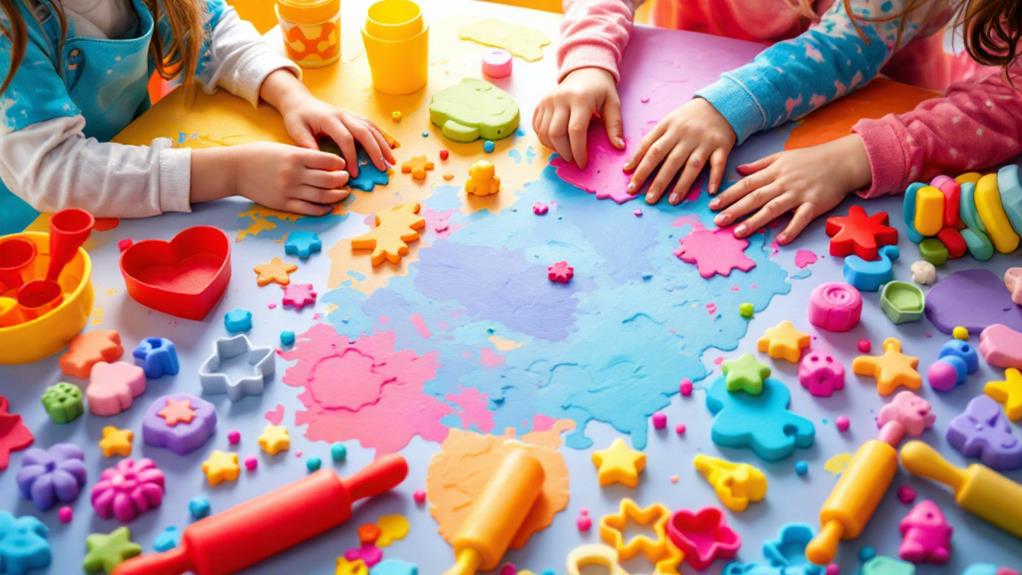
Using kids modeling clay can be a fun and rewarding experience for both you and your child. To get the most out of this non-drying clay, start by letting your child investigate its pliability. The soft texture is perfect for small hands, allowing them to create without frustration. Encourage them to experiment with different shapes and projects, knowing that this reusable material won't harden or waste away.
Always keep in mind the importance of safety. Opt for non-toxic clay, which is suitable for children 8 years and older, ensuring peace of mind while they play. When your child is done crafting, store the clay in airtight containers. This prevents it from becoming dusty or losing its softness, maintaining its quality for future use.



